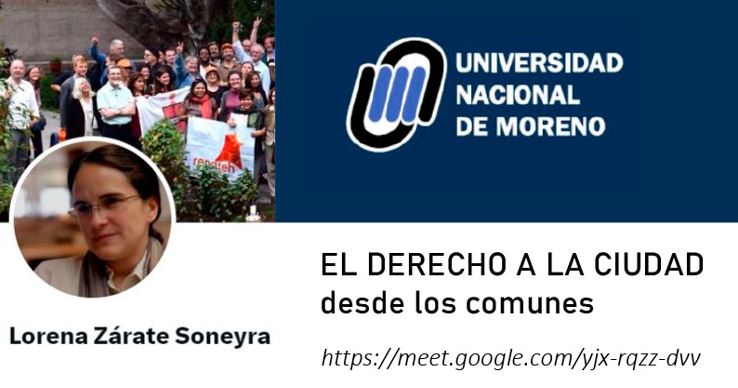Introduction
The United Nations has designated the first Monday in October every year as World Habitat Day to reflect on the state of human settlements and the basic right to adequate shelter for all. It is also intended to remind the world of its collective responsibility for the future of the human habitat.
This year, the World Habitat Day will be held on Monday, 3 October 2005. The theme of this year’s celebrations is the Millennium Development Goals and the City. This theme, chosen by the United Nations, is to remind all of us that in the year 2000, world leaders meeting at the dawn of the new Millennium, committed themselves to launch a concerted attack on poverty, illiteracy, hunger, unsafe water, disease and urban and environmental degradation by adopting a set of eight goals. In September this year, the UN General Assembly will hold a five-year review meeting to weigh progress on the eight goals. UN-HABITAT is working with a number of international and civil society organizations, cities and governments to realize Target 11 of Millennium Development Goal 7 – improving the living conditions of at least 100 million slum dwellers by the year 2020. We are also working together on Target 10 of MDG 7 – reducing by half the proportion of people without sustainable access to safe drinking water. Our Global Campaign on Urban Governance and our Global Campaign for Secure Tenure enhance this work through a series of UNHABITAT programmes, mainly in developing countries, that shoulder the heaviest poverty burdens.
This year, the global observance will be spearheaded from the Indonesian capital of Jakarta and its outskirts Banten. We chose Indonesia for this year’s celebration to highlight the country’s drive to keep the millennium promise on slum upgrading and the major relief, rehabilitation and reconstruction efforts that have been underway in the wake of widespread coastal devastation caused by the recent tsunami disaster.
Our quest for a better urban world is by no means an easy task, as demonstrated by the fact that since the Millennium Declaration, the global slum population has already risen by more than 75 million. Already, half of humankind lives in cities. By the middle of this century, two-thirds of the global population will be living in towns and cities.
Yet, nearly 32 per cent of the world’s urban population – roughly 1 billion people – lives in slums, mostly in or on the edges of cities across the developing world. In process, we at UN-HABITAT, the UN human settlements agency, call the urbanization of poverty, the locus of global poverty is moving into towns and cities.
Sub-Saharan Africa has the largest proportion of its urban population resident in slums – nearly 72 per cent in the year 2001. But our agency’s research for that year shows, the figure for South-Central Asia was 58 per cent, followed by 36 per cent for East Asia, 33 pe rcent for West Asia, 32 per cent for Latin America and the Caribbean, 28 per cent for North Africa, 28 per cent for Southeast Asia, and 24 per cent in Oceania.
In absolute numbers of slum dwellers, Asia as a whole has by far the largest number at 554 million making up 60 per cent of the world’s total slum populations, followed by Africa with 187 million (20 per cent of the global figure), and Latin America and the Caribbean with 128 million slum dwellers (14 per cent of the global figure). Compare that to the slum population of 54 million in the developed countries making up just 6 per cent of the global slum population.
It is not an exaggeration, therefore, to state that we are sitting on a social time bomb, that this is a
scandalous situation in our modern world. The goals are also intended at making us think harder and working better to make our towns and cities inclusive, acceptable places of abode. Otherwise the urban time bomb will start ticking faster than ever.
Let us make no mistake: Cities are much more than national engines of economic growth. They are the crucibles of cultural fusion. Standing astride every intersection on the global network of trade and migration, the world’s cities must become shining examples of inclusiveness and equity as called for in the Millennium Declaration. Otherwise, they will remain potential flashpoints of conflict and reservoirs of poverty – barriers to humanity’s further development. We must at least try to keep the promise for the Millennium Development Goals and the City.


